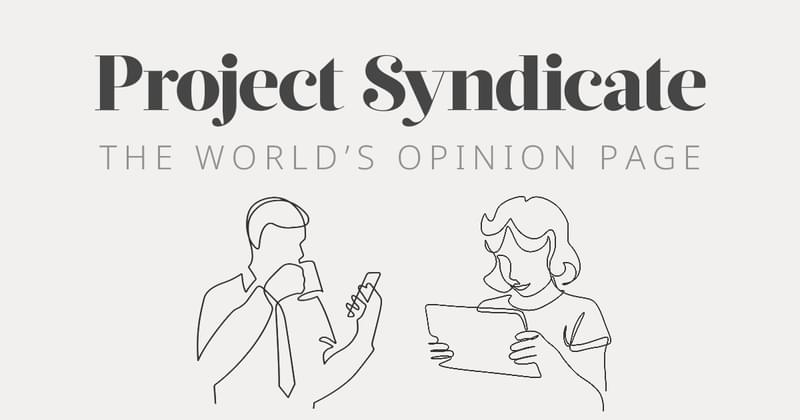Deutsche Welle: "Canada: How not to sell a climate policy"
by Sam Baker
Using sticks to pay for climate change
Consumers, taxpayers and companies — or shareholders — are the three sources of cash that governments can tap to cover the cost, explained Gernot Wagner, a climate economist from Columbia Business School in New York.
"It can't just be taxpayers. It can't just be shareholders either. And it definitely can't just be consumers either, right?" Wagner said. "The politics comes in when we are looking at trying to create the right balance between who pays."
In Canada's case, it was consumers and companies paying. But it could also be taxpayers and companies or all three.
Wagner added that the different financial mechanisms for paying for decarbonization need to be weighed too. "It's about finding ways to balance the carrots and the sticks," he told DW. Sticks are disincentives like a carbon tax, which puts a price on each ton of CO2 emitted — similar to Canada's scheme.
"One issue with the carbon tax is that tax, sadly, is a four-letter word," said Wagner. "It tends to be difficult to get yourself elected by basically shouting carbon tax."
McKenna said her party found it difficult to shake the "tax" label because people weren't connecting the rebates they received to the CO2 pricing scheme, but they "were noticing it when they filled up their cars or looked at their energy bills" and saw the increased costs.
Wagner pointed to cap-and-trade systems as having more political staying power than Canada's carbon price, like the EU's Emissions Trading System.
Under this setup, a cap is placed on CO2 emissions and companies buy permits to pollute. A shrinking cap and fewer permits raise the cost of emitting and incentivize companies to decarbonize.
Getting climate subsidies right
Returning to Gernot Wagner's carrot and stick metaphor, carrots are incentives such as subsidies. But even using carrots can land governments in hot water if messaging and design are off.

